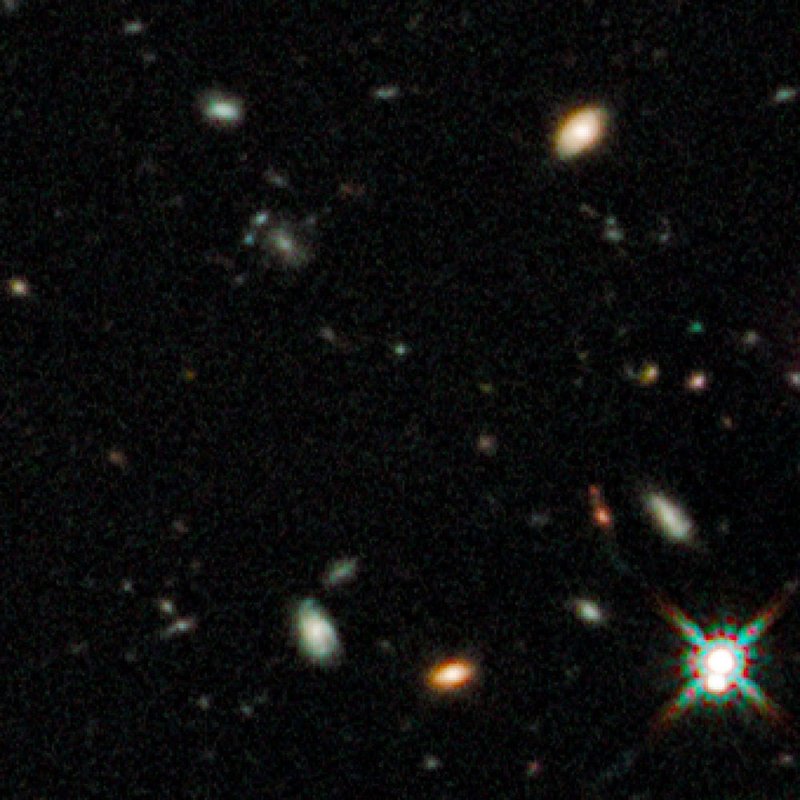Images of space, captured by NASA's Hubble Space Telescope, show the earliest images of the galaxy, 600 million years after the Big Bang, released Jan. 5, 2010. UPI/NASA |
License Photo
PARIS, Jan. 16 (UPI) -- An instrument aboard a European Space Agency orbiting telescope has completed its survey of the faintest remnant of light from the Big Bang, researchers said.
The High Frequency Instrument on ESA's Planck mission finally ran out of coolant necessary to keep it chilled enough to detect microwaves from the Big Bang and cold dust throughout the universe, ESA officials said.
"Planck has been a wonderful mission; spacecraft and instruments have been performing outstandingly well, creating a treasure trove of scientific data for us to work with," Planck project scientist Jan Tauber said in an ESA release Monday.
Launched in May 2009, the spacecraft was intended to complete two whole surveys of the sky, but continued to operate perfectly for 30 months, twice the expected time, and completed five full-sky surveys, researchers said.
While some results from Planck will be announced next month, the first results on the complete Big Bang and very early Universe surveys will not come for another year, scientists said.
Detailed and painstaking analysis of the data will be required to remove all of foreground emission noise and tease out the faintest, most subtle information in the remnant signals, they said.
The results are widely anticipated because there are still many different, competing ideas about what happened during the Big Bang.
"Planck's data will kill off whole families of models; we just don't know which ones yet," principle HFI investigator Jean-Loup Puget of the Universite Paris Sud in Orsay, France, said.















